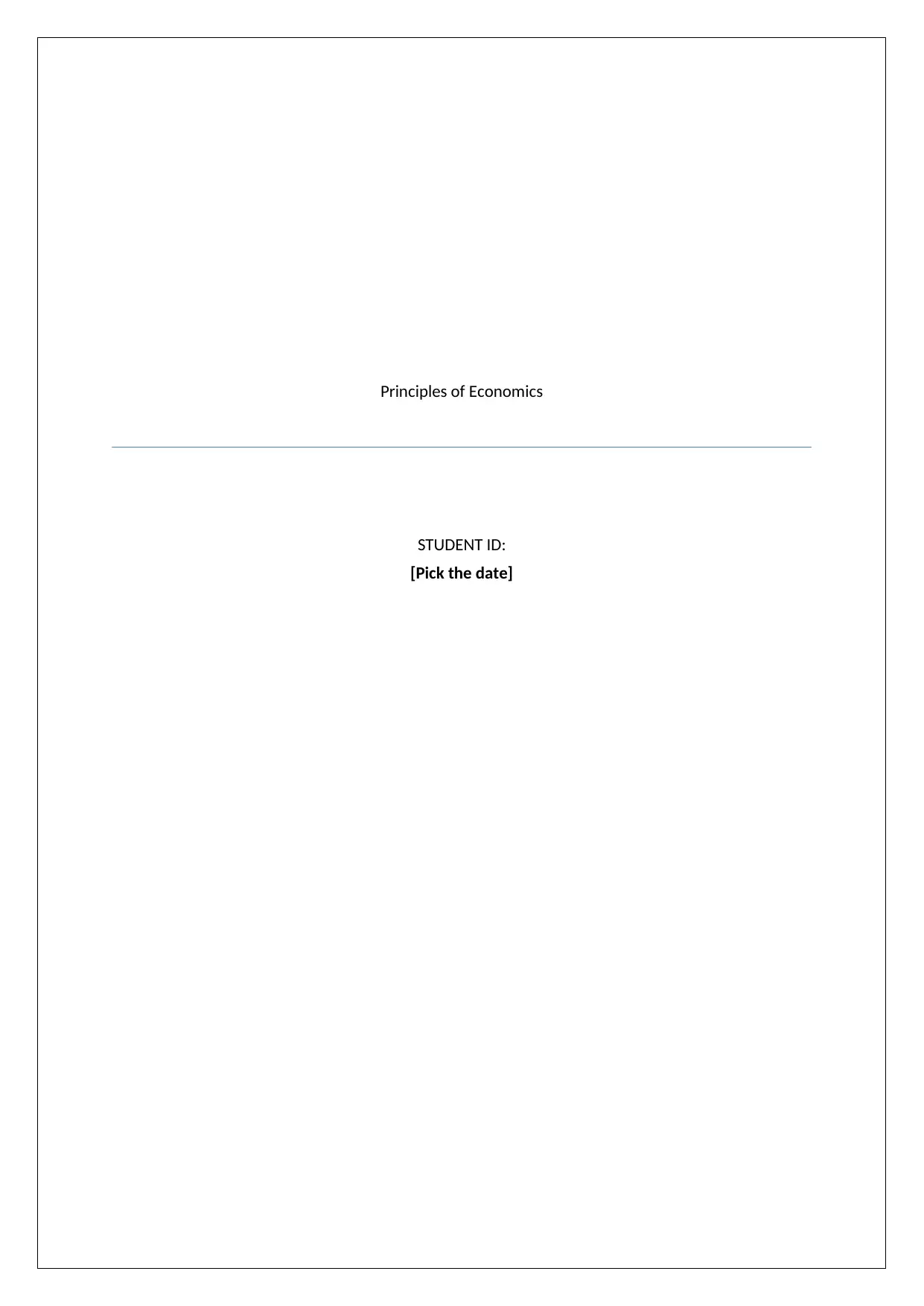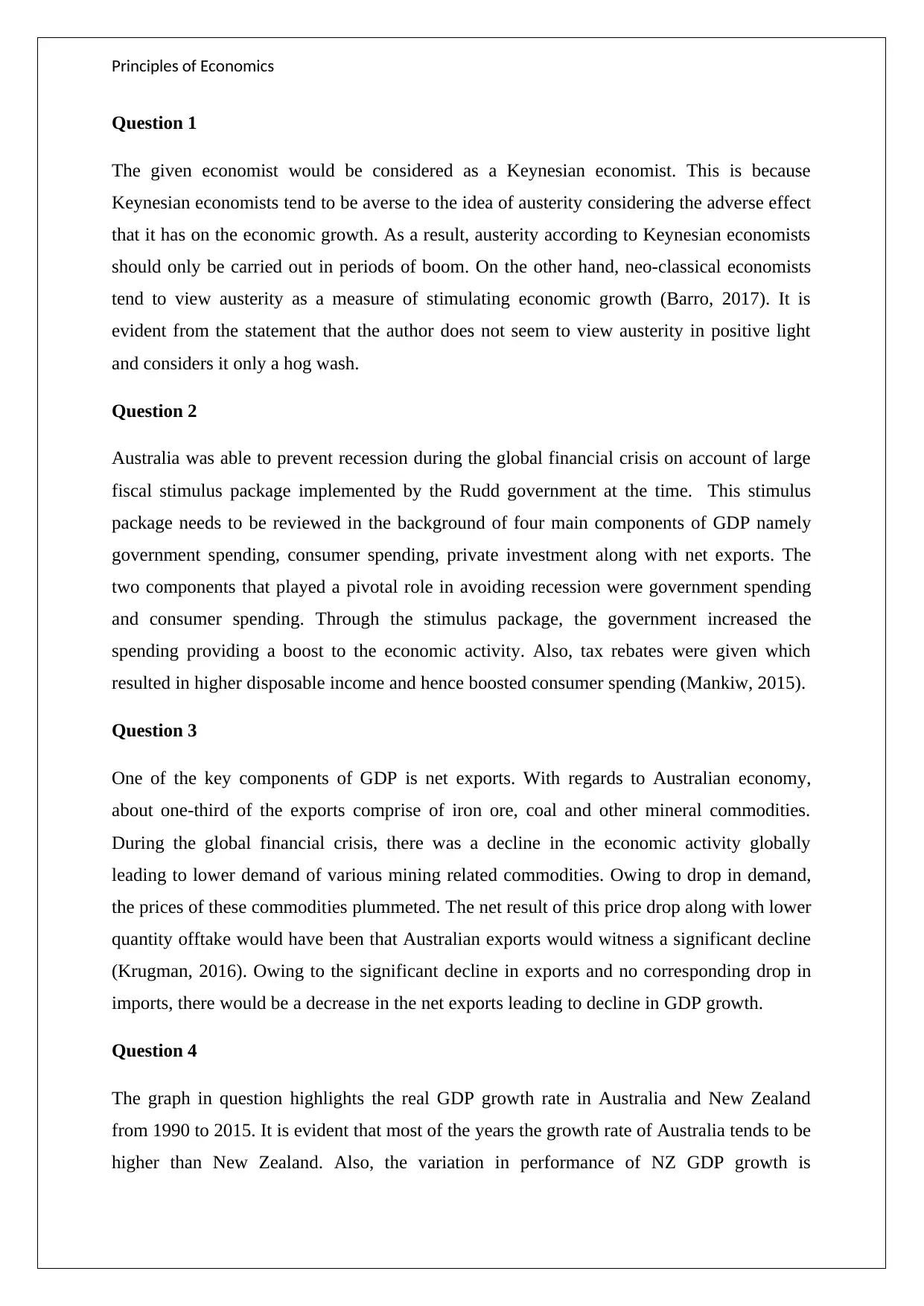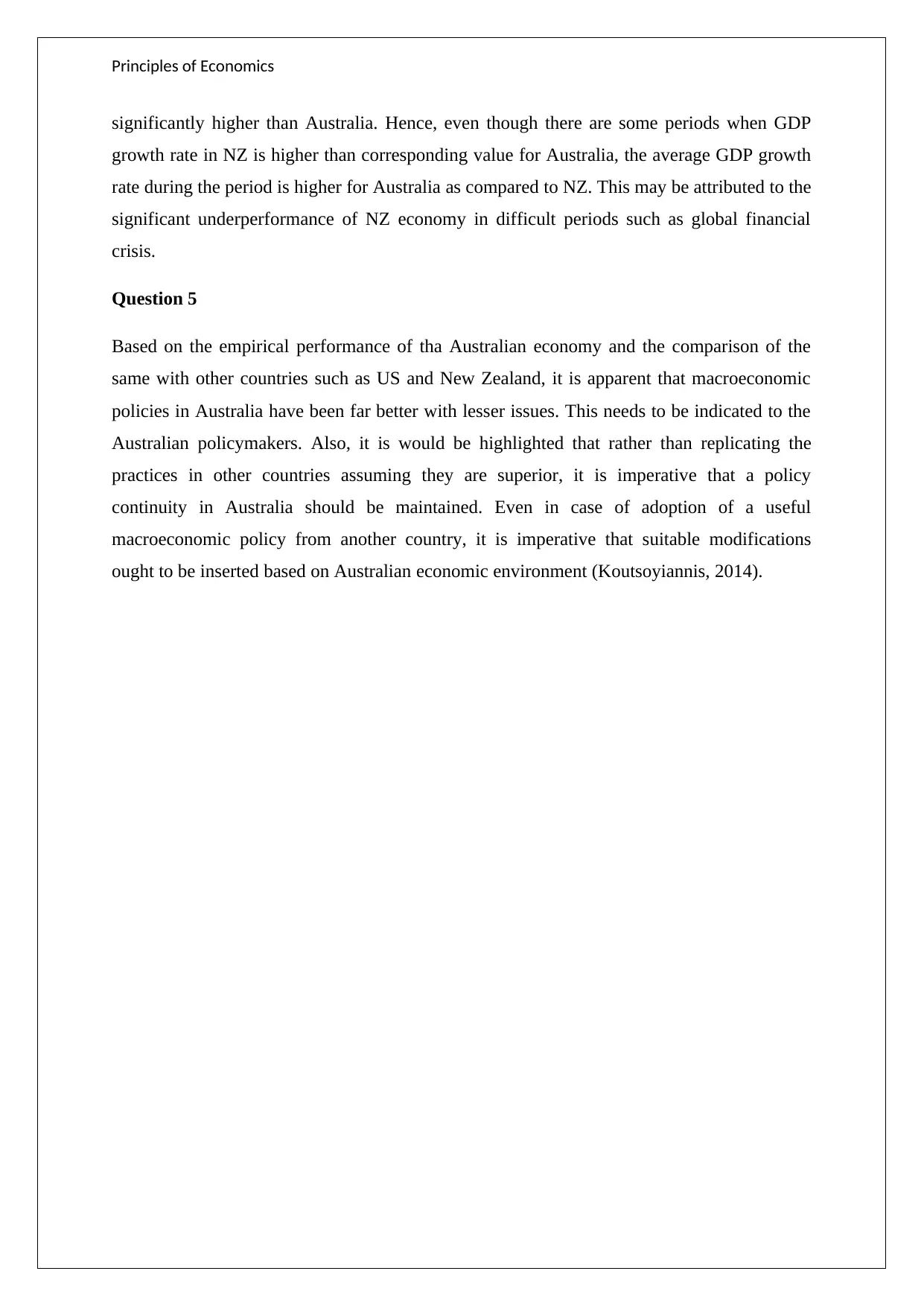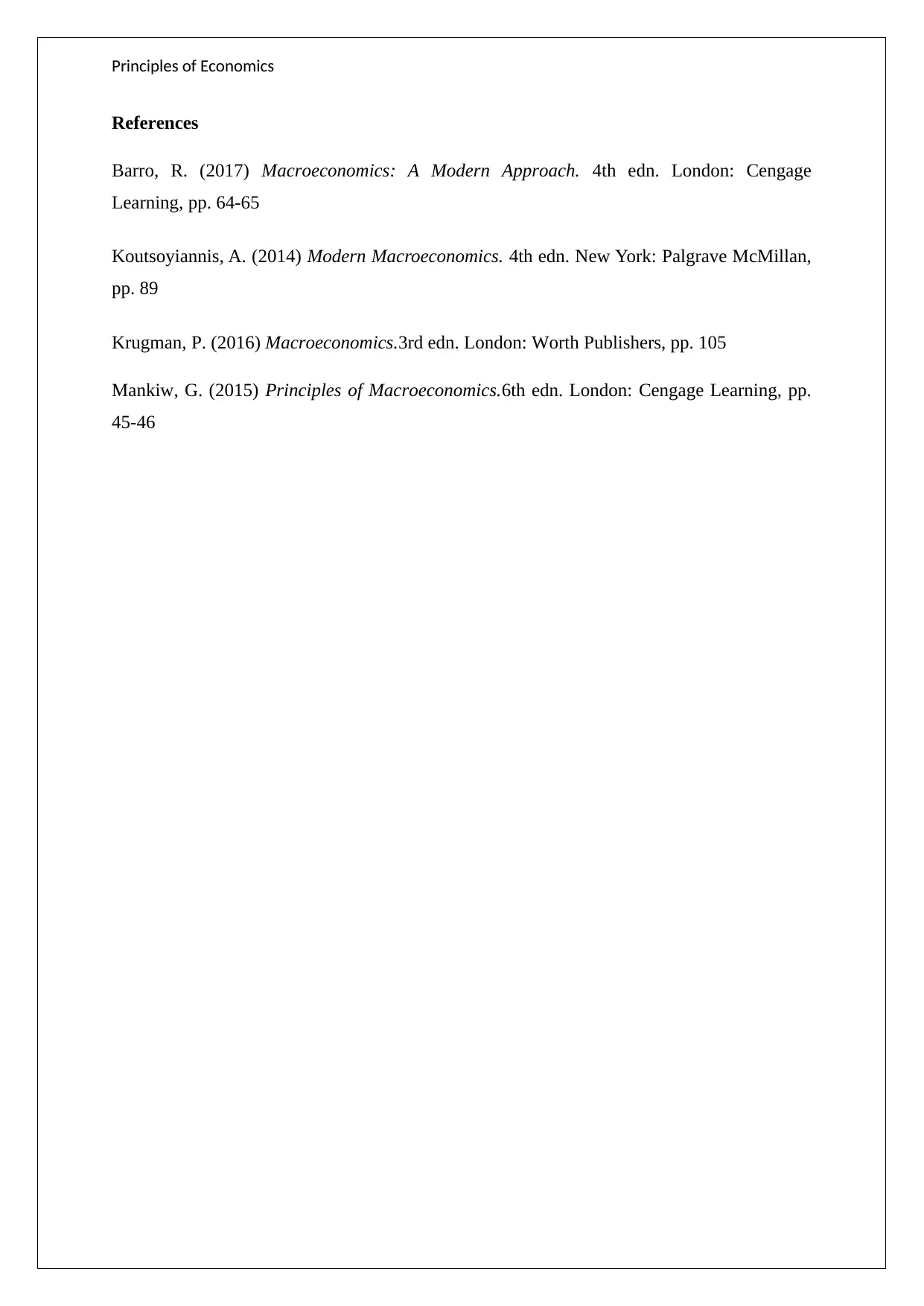Principles of Economics
VerifiedAdded on 2023/04/17
|4
|610
|432
AI Summary
This document provides study material and solved assignments for Principles of Economics. It covers topics such as Keynesian economics, fiscal stimulus, net exports, and the comparison of the Australian economy with other countries.
Contribute Materials
Your contribution can guide someone’s learning journey. Share your
documents today.
1 out of 4










![[object Object]](/_next/static/media/star-bottom.7253800d.svg)